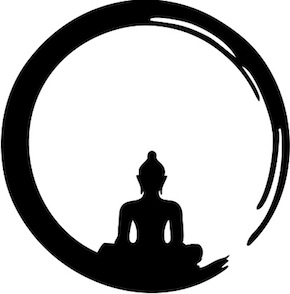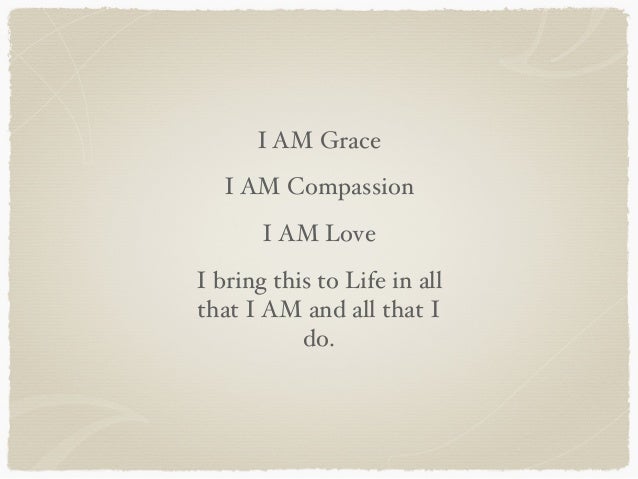My Top 10 Meditation Techniques
There are hundreds of realms of meditation and a bevy of paths upon which it can set you. The path towards peace, the path towards self-acceptance, and the path towards a stronger character to name a few. Which is one of the reasons why I'm so in awe of the practice. To think that rehearsing simple breathing exercises at some point in the day can make such a difference on your attitude and outlook is stupefying. I'm always trying to get others hooked on to the discipline. It's almost as though I'm selling it.
As I mentioned in my previous blog post I'll be going into more detail about different meditation techniques today. Most of them are derived from Hindu teachings as well as Buddhism. Before I begin I'd like to stress the fact that you do not have to be a follower of any particular faith and/or maintain its beliefs to practice these techniques.
So put your phone away unless, of course, if you're reading this off of your phone. What I mean to say is tuck away anything that could serve as a distraction. Pay close attention in order to figure out which of these techniques cater best to you and your goals regarding meditation. One of my personal favourites is Metta meditation for days on which I'm feeling upset at myself and the world.
A lot of these techniques can be best experienced with guidance from a teacher. I recommend taking a class if you would like to become well acquainted with them. You can also find videos on how to hone them on YouTube. I'll be attaching a link to a website with more information for each technique, respectively.
Meditation Techniques
Transcendental Meditation
- Derived from: Hindu teachings
- Goal(s): Enlightenment, tranquility, and accepting an out of body experience
- How to do it: Sitting in lotus position on the floor or on a mat chant a mantra in your head (it can any word that holds meaning to you) and try to picture yourself rising up out of your physical bonds. To transcend is to go beyond. A steady breathing pattern is crucial.
Kundalini
- Derived from: Buddhist and Hindu teachings (Kundalini is Sanskrit for "coiled")
- Goal(s): To focus on breathing and awaken your dormant energy. It is also possible to experience an altered state of consciousness. It's an upwards form of meditation.
- How to do it: Sit up with proper posture engaging your core and palms touching each other as though you're praying. The breathing pattern is fairly basic. Inhale in four short breaths and exhale in the same way. You can also chant a simple mantra if you'd like. WikiHow describes 3 different ways to do Kundalini.
Visualization
- Derived from: Buddhist techniques. An otherwise new style of meditation that draws inspiration from Buddha.
- Goal(s): To imagine positive experiences that will then lead to the induction of "feel good" chemicals such as dopamine. Helps with stress and personal development as well as spiritual healing.
- How to do it: Sit up straight with the correct posture and close your eyes. Focus on your breathing for some time to get you into a meditative state. Then picture positive past experiences/ones you hope to have in the future. You can also picture yourself spending time with a person who puts you at ease such as a parent or your best friend.
HRM
- Derived from: Developed by Puran and Susanna Bair
- Goal(s): To synchronize the body's circulatory and respiratory system in such a way that it provides a transcendental experience.
- How to do it: Sitting upright concentrate on breathing slowly and deeply. Think of what you want to get out of your session.
Zazen
- Derived from: Zen Buddhism
- Goal(s): To forget about all the judgmental thoughts and ideas you're brewing. Hopefully it will help you view the world in a more positive light.
- How to do it: Sit with a straight back and focus on breathing exercises. Steady your mind and fall into the rhythm of the breathing pattern. Allow thoughts to emerge and assess them, do not muffle your ideas and visions.
QiGong
- Derived from: Ancient Chinese teachings
- Goal(s): To circulate energy through the body by way of breathing techniques as well as increasingly improve your natural response to stress.
- How to do it: Sit on the ground or on a mat with proper posture. You can also sit in a chair if you're more comfortable with that position as with the other techniques.You need to let go in order for the energy to flow through you. You can find a few detailed videos describing how to do sitting QiGong at the site below.
Mindfulness
- Derived from: Buddhism
- Goal(s) : To accept reality and be in the moment. If you happen to let the mind wander always return back to the present and your breathing exercises.
- How to do it: Sit cross-legged on the floor with closed eyes, breathing in and out. 4-7-8 breathing is a good sequence for this meditation. Focus on the four foundations of mindfulness found in the Satipatthana Sutta; body, feelings, states of mind, and mental contents.
Metta
- Derived from: Buddhist traditions namely Theravada and Tibetan
- Goal(s): To enhance your ability to empathize with others as well as your positive emotions, loving attitude, feelings of self-acceptance, and feelings of belonging.
- How to do it: Sit in lotus and channel loving-kindness towards all the different types of people in your life as well as yourself. You can send positive messages to the stranger who smiled at you on the bus, a family member, friend, etc. Start small with one or two people at a time and eventually graduate towards the entire universe.
Mantra
- Derived from: Hindu traditions, Buddhism, Jainism, and Sikhism
- Goal(s): To repeat the same mantra while keeping track of how many times you've recited it. It takes practice but can be very effective once you've mastered it.
- How to do it: Sit in lotus and repeat any particular word you'd like out loud or in your head. The word does not have to hold any meaning. Some syllables and phrases that are most commonly used are Om, So-ham, Om namah Shivaya, Om mani padma hum, and Rama. You can use beads to keep tabs on how many repetitions you've done. 108 is the typical number used. Practice breathing exerciser as well. Generally choose a simple pattern if you're a beginner because there is a lot going on with this meditation as is.
"I am" meditation
- Derived from: The Moses Code
- Goal(s): To practice self-inquiry as well as self-affirmation
- How to do it: There is no concrete way to carry out this type of meditation. I would suggest listening to a video that urges you to focus on the words "I am" and wait for certain thoughts and/or feelings to form.
Some of these techniques require a fair amount of practice. You might not feel better after one session and you shouldn't expect to. The important thing to remember is to stick with whichever form(s) of meditation you take up and to avoid frustration and feelings of anger. Meditation's intent is generally to acquire a more positive state of mind so if you were to become more upset after your session it would defeat the purpose of you sitting on the cold, hard floor. You deserve better than that.
There are a lot of amazing ideas and techniques out there when it comes to meditation and stress relief. More than there were a few decades ago. People are becoming more conscious on the subject of mental health and spiritual well-being. The stigma regarding the former is slowly but surely being eradicated. The best part about living in modern society is that all the information you need is at your fingertips. The click of a mouse. Virtually millions of libraries have been made accessible to anyone with internet and a screen. Have fun with the different forms of meditation and if all else fails...read my next post I suppose.










Comments
Post a Comment